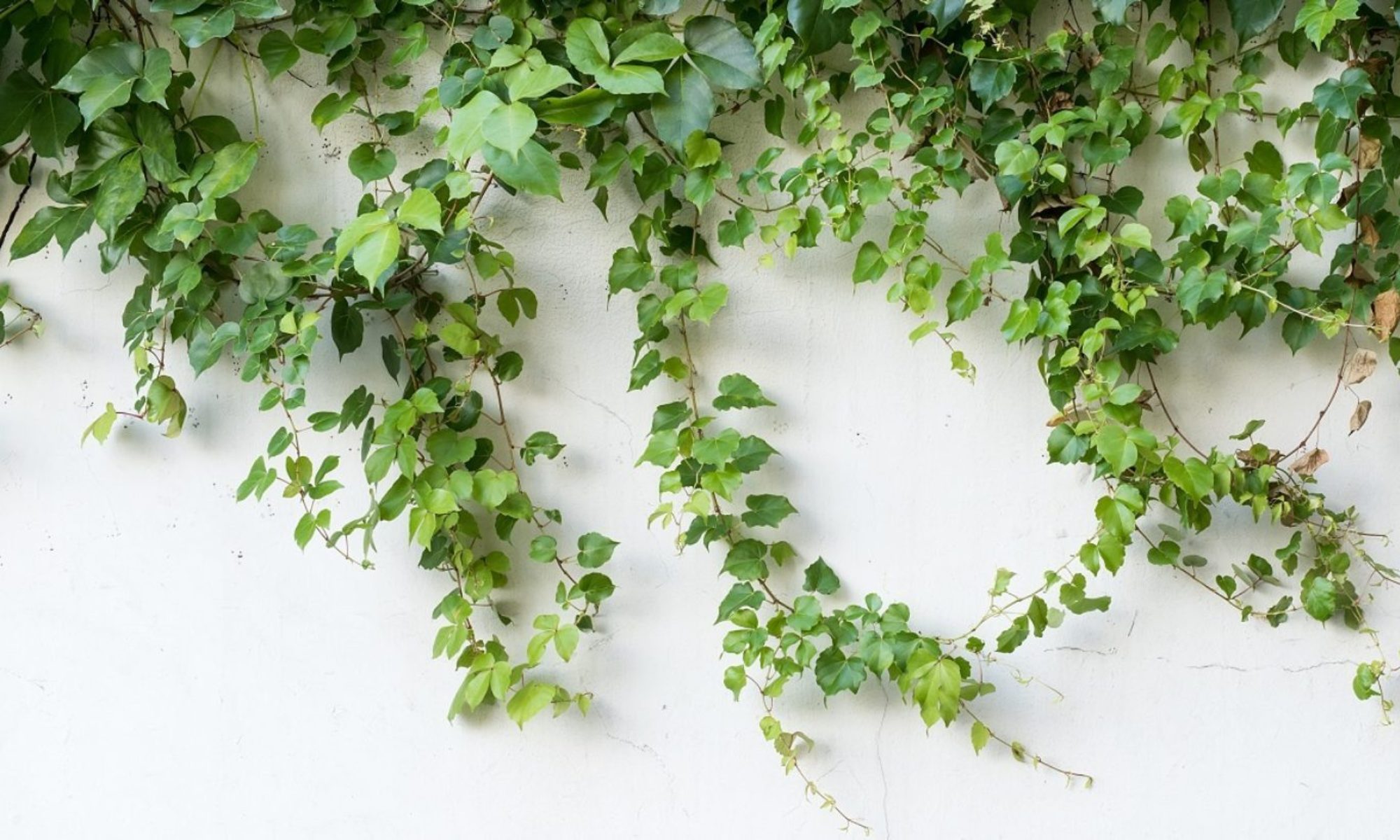Encaustic is one of the oldest of art mediums. The ancient Greeks used encaustic to seal their ships, eventually adding pigments to decorate the ships.
Encaustic is a natural material, combining beeswax with a tree resin, which raises the melting point of the wax, as well as making it harder, more stable, and shinier. The mixture is heated to a liquefied state, then painted onto a sturdy surface. Each layer is heated with a heat gun or blowtorch, to fuse it to the underlying layer.
Once fully cured, encaustic is very durable, impervious to dust and moisture, and exceptionally archival. The wax can continue to harden for a year or more. During the curing process, the surface may develop a hazy appearance, called a “bloom.” This is normal, and it can be removed by rubbing gently with a soft cloth to bring back the shine.
The care of encaustic artwork is like that of any fine art. It should be kept in an area with normal room temperatures. Avoid direct sunlight, as well as freezing or extremely high temperatures.
